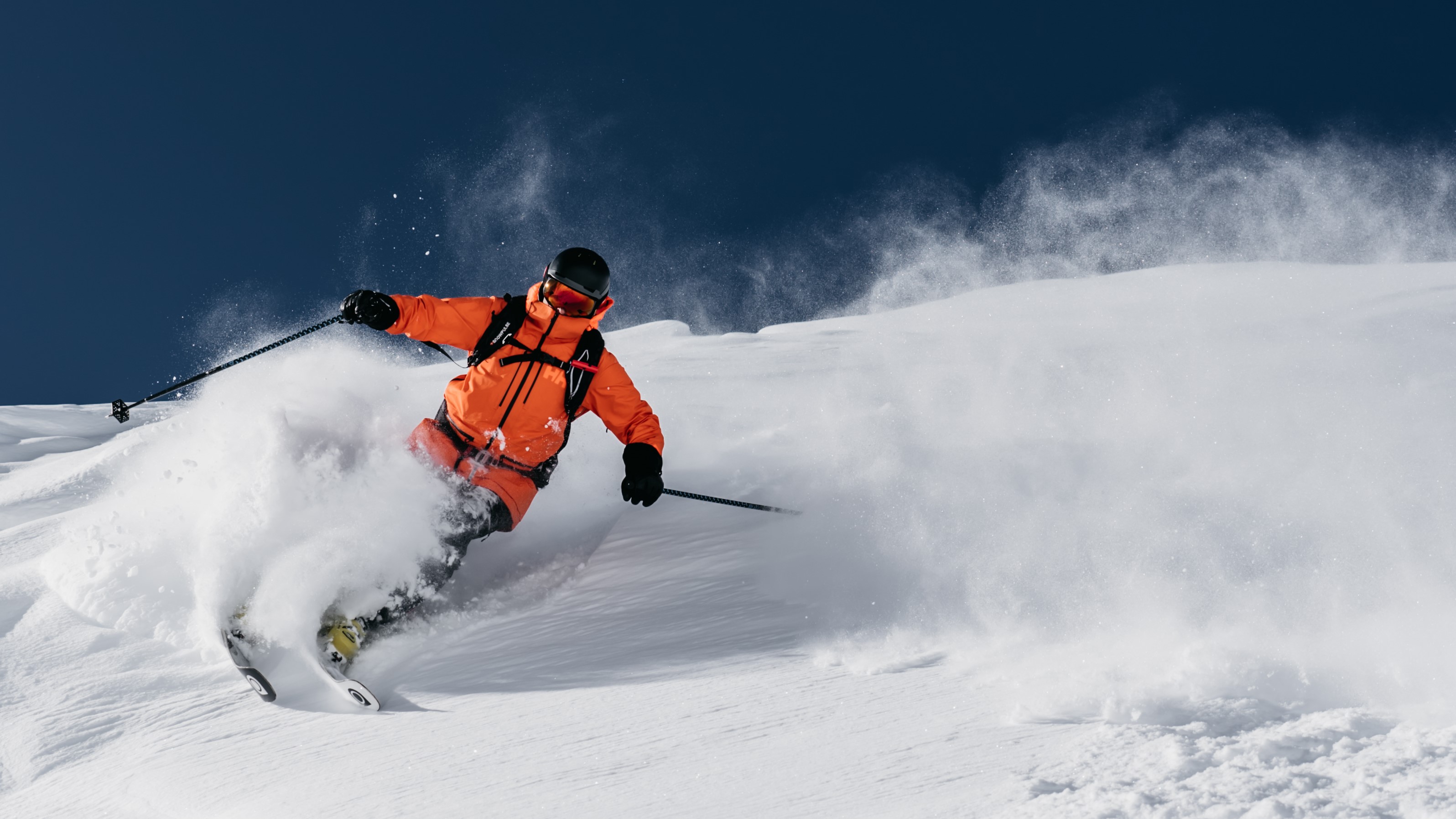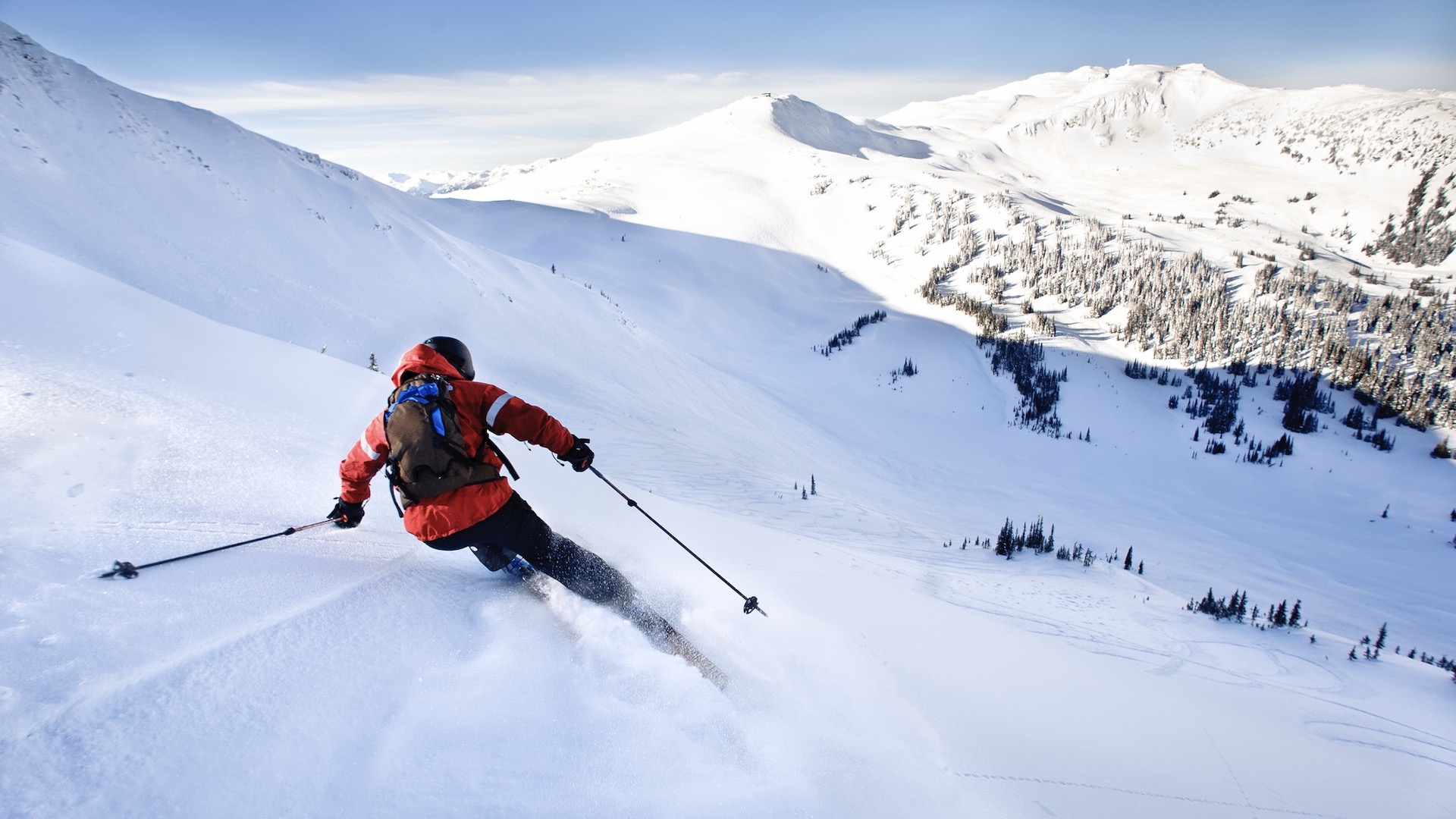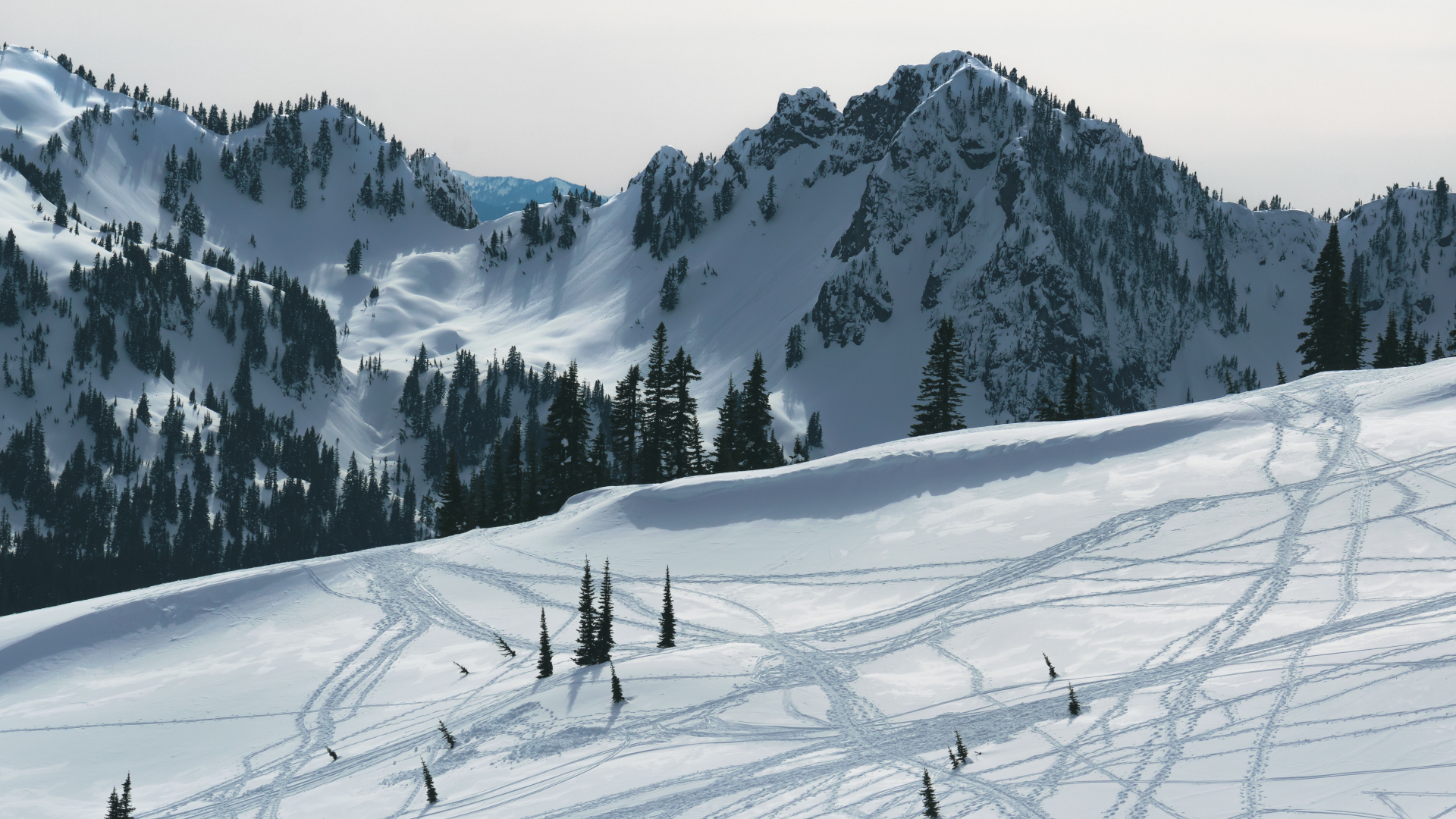Is El Niño or La Niña better for skiing?
We explain what these two climate patterns mean and how to find the best snow

Is El Niño or La Niña better for skiing? If you’ve been skiing for a while, you’ll no doubt have heard these two terms describing different weather patterns that may affect how much snow you’re likely to expect. Old-school locals will practically sniff the air, sense it’s going to be a La Niña year, and buy a new ski jacket for the shred ahead. When it’s a low-snow year, everyone blames El Niño, packs the ski pants away for the season and heads to Moab. But if you’re a skier, you'll also know that the weather isn’t that predictable. How do you know where to go to find powder? Is it as simple as knowing the difference between El Niño vs La Niña? We explain what those two terms mean and how they might affect the rest of your ski season.

El Niño vs La Niña: what are they?
El Niño and La Niña are the names of two climate patterns. As the National Ocean Service explains, under normal conditions in the Pacific Ocean, trade winds blow west along the equator, carrying warm water from South America to Asia. There are two phenomena that can break this norm, and they are El Niño and La Niña.
An El Niño climate pattern means that those trade winds weaken, and the warm water is pushed back towards the west coast, resulting in wetter than normal weather and potentially flooding in the gulf coast and southeast accompanied by dryer weather in the northern states and B.C. in Canada.
During a La Niña event, the trade winds are stronger than usual, so the warm water gets pushed to Asia and the waters off the west coast get colder. This can result in drought in the southern states and increased moisture and flooding in the Pacific Northwest and Canada.
Both El Niño and La Niña events can increase wildfires in different parts of North America. They occur on average every two to seven years, but not at regular intervals, and can last between nine and 12 months and impact the entire globe, not just the ski industry.

Is El Niño and or La Niña better for skiing?
If you’re paying attention, it should be clear that it largely depends where you are. La Niña is generally credited with better snow conditions, and that’s often true for those who want to go skiing in North America, so long as you don’t want to go too far south.
La Niña climate patterns can bring lots of welcome white stuff to ski areas from northern Colorado and Utah upwards, so if you’re in Wyoming, Montana, Idaho, Oregon, BC, and over on the east coast, La Niña is usually good news. But the storms could miss southwest resorts such as Telluride, Taos and Mammoth Lakes and those resorts might have to rely heavily on sales of very expensive ski socks and snowmaking operations to keep up that year.
Advnture Newsletter
All the latest inspiration, tips and guides to help you plan your next Advnture!
On the flip side, though most US skiers get a bit of a sinking feeling when they hear it’s an El Niño year, the news isn’t all bad everywhere. Though northern areas might experience warmer temperatures and less snow, southwest resorts could be making hay all winter long.
Ultimately, which is best for skiing depends on where you’re going to be going, and of course, few things are less predictable than the weather. If you have the time and resources to be a storm chaser, it’s better to take a wait-and-see approach.
If you want more certainty, you can’t guarantee snow, but since Colorado tends to straddle the El Niño/La Niña line, lots of the snow-sure resorts tend to be found there – Breckenridge, Aspen, Vail/Beaver Creek, Steamboat – and Jackson Hole and Park City are safe best too. Oh, and do a snow dance.
- Best avalanche beacons: life-saving transceivers tested and rated
Julia Clarke is a staff writer for Advnture.com and the author of the book Restorative Yoga for Beginners. She loves to explore mountains on foot, bike, skis and belay and then recover on the the yoga mat. Julia graduated with a degree in journalism in 2004 and spent eight years working as a radio presenter in Kansas City, Vermont, Boston and New York City before discovering the joys of the Rocky Mountains. She then detoured west to Colorado and enjoyed 11 years teaching yoga in Vail before returning to her hometown of Glasgow, Scotland in 2020 to focus on family and writing.

